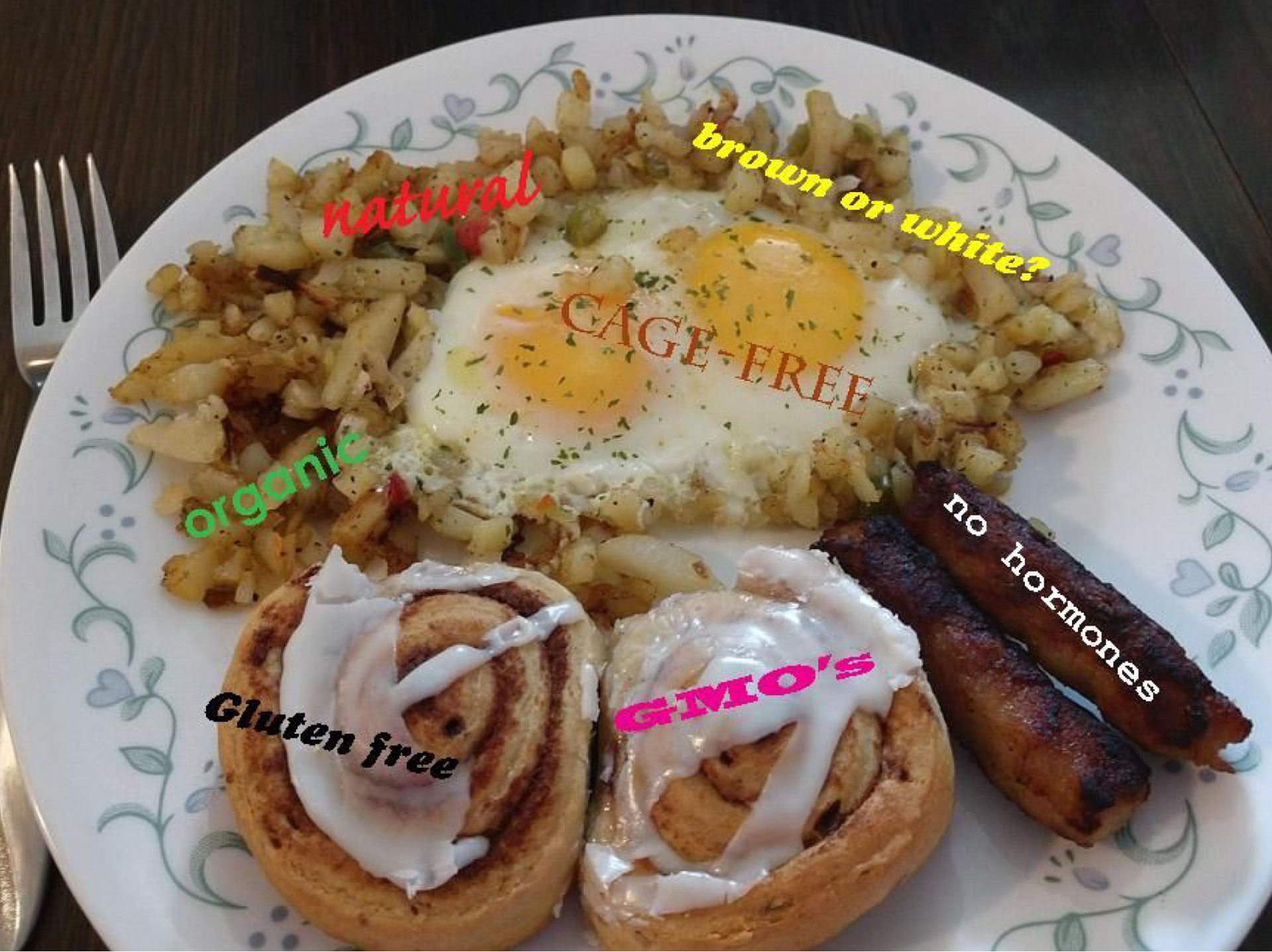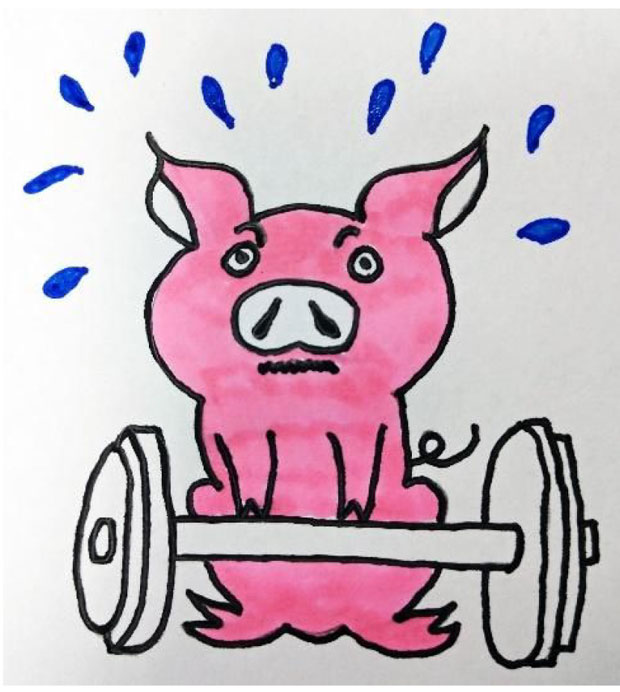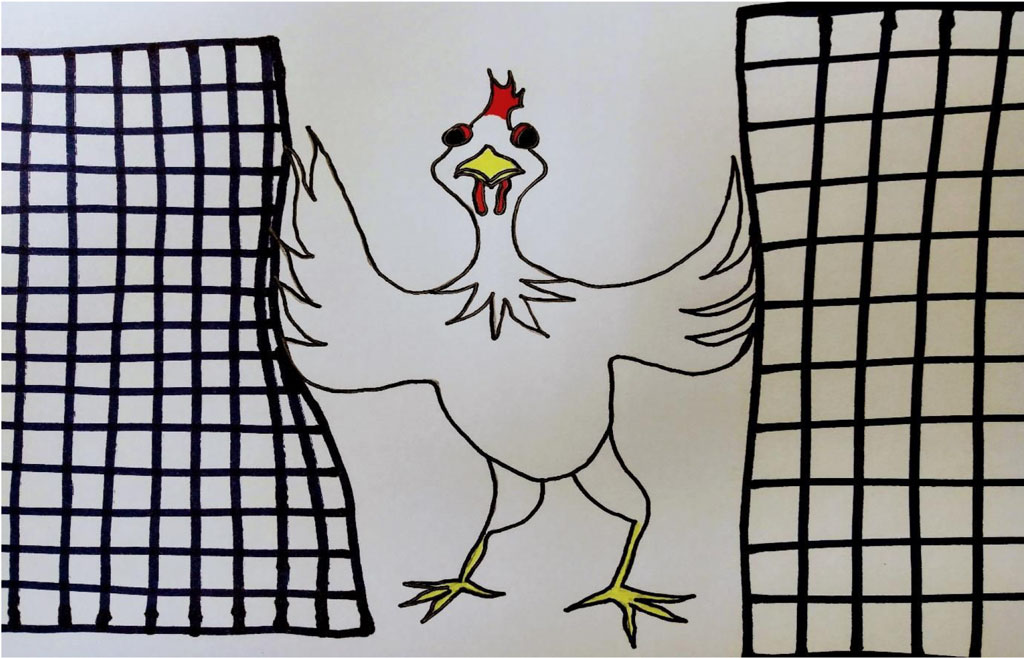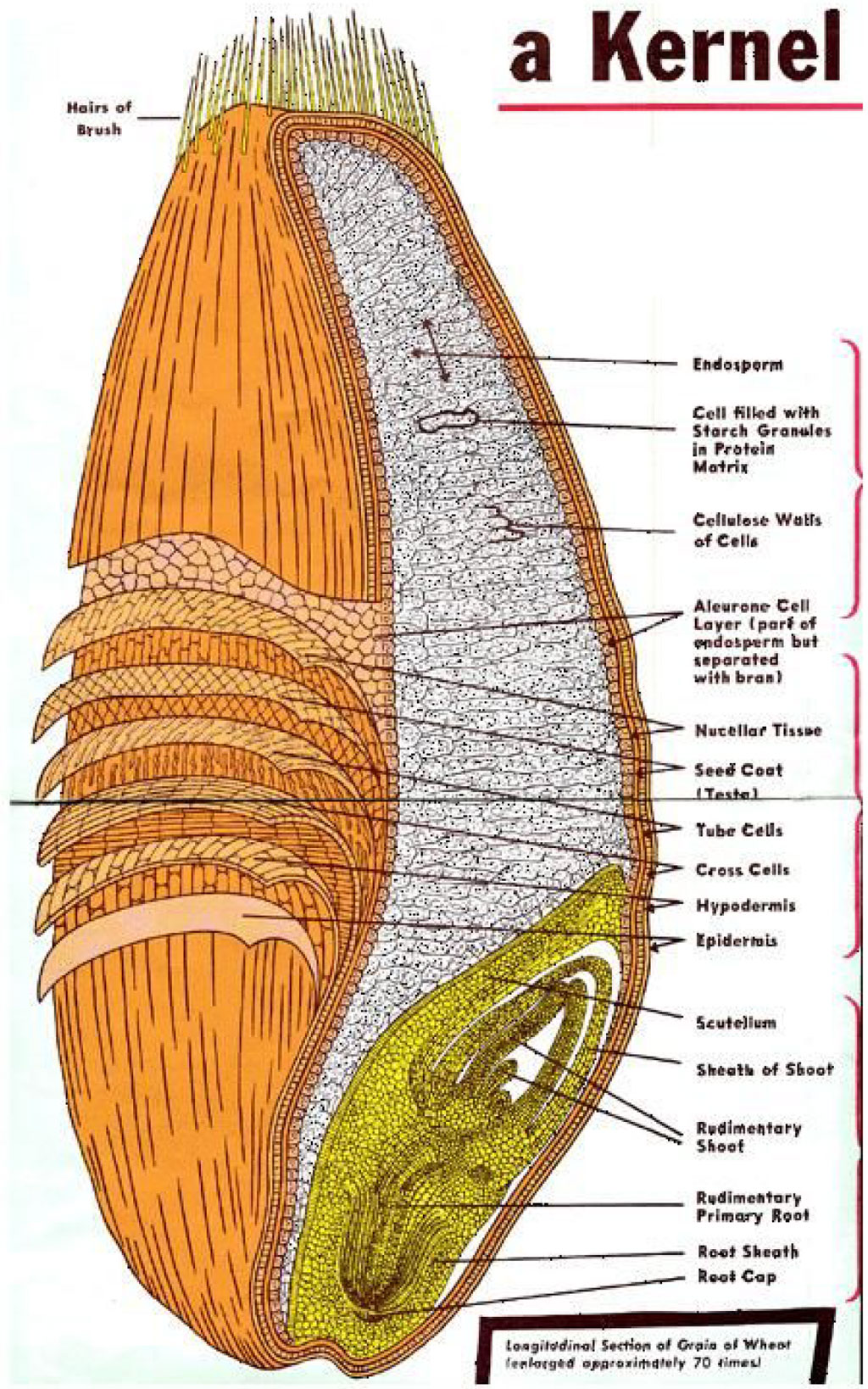What do all those words mean on your food packages?

Okay, show of hands now. When you go grocery shopping, how many of you look for “organic” or “natural” food? Do you think “cage free” and “free range” eggs are the same thing? Do you think brown eggs are better than white eggs? Do you reach for the “non-GMO” packages? Do you shun gluten?
Another show of hands. How many of you can actually explain the definitions of and differences between all these words? Do you even know what gluten is? [hint—it’s not artificial gloppy goo…] While researching the correct wording for some of these items, I stumbled upon some eye-rolling comments on certain websites. I won’t go into much detail right now other than to say that I’m amazed at the diversity of intelligence on this planet.
Here is some clarification on the meaning behind a few of the words you find on your food:
What does the USDA certified organic label mean?

The United States has federal guidelines each producer (crop or animal) must follow in order to earn that stamp on their product.
- Produce must be grown on soil that had no synthetic fertilizers or pesticides applied on it for three years prior to harvest (there’s a whole list of “prohibited substances”, including human waste).
- Animals must be grown in a way to consider their natural behaviors—like grazing and wandering—fed organically grown feed and forage, and not be given antibiotics or hormones (so if they are sick, they can’t get a “Z-pack” like you or I do).
- Processed foods can’t have artificial preservatives, colors, or flavors, and must have organic ingredients.
- If a packed product is “made with organic ingredients”, it means that the whole product isn’t organic, but some of the ingredients are. It won’t have the fancy USDA seal on it.
- No organic foods contain genetically modified organisms (or GMO’s). Genetically modified seeds are not used to grow the food, unless there is no other alternative.
- Some processing methods are prohibited in organic foods, like irradiation.
There are USDA inspectors devoted to making sure producers of these items are indeed following the guidelines. Each producer must carefully document everything—copious recordkeeping is involved, and in fields, setbacks are required so no carryover from neighboring fields drift over.
What does “natural” mean?
According to the USDA website, “Natural” is allowed on packages when a product doesn’t contain an artificial ingredient or added color and is only minimally processed. Minimal processing means that the product isn’t fundamentally altered. The label claiming “natural” must also explain what is natural about it (such as no artificial ingredients, no added color, etc.). Personally, this seems a little vague to me, but I interpret it to mean that if you look at the product and its ingredients, you’d be able to recognize them in their original form—not ground up or as a strange goo that came out of some factory somewhere. Unlike hot dogs—hot dogs are definitely NOT natural.
No hormones in pork or poultry?

No matter what you do to pork or poultry—no matter what kind of product it is turned into—pork and poultry will not have added hormones. Federal regulations prohibit this. So your bacon and chicken nuggets and turkey dinners and pork chops and ribs and loin and chicken strips and buffalo wings and ground turkey will be free of hormones. Let me repeat that—HORMONES ARE NOT ALLOWED IN RAISING HOGS OR POULTRY.
What is the difference between “cage free” and “free range” eggs?

- Cage-free simply means that the birds don’t live in a cage. All birds must have unlimited access to food and water, but cage-free birds are also “allowed to roam”, according to USDA’s website. They aren’t required access to the outdoors. To be humane (not for USDA, but for another organization called Humane Farm Animal Care, or HFAC), they need 1.5 ft2 of space each.
- Free Range takes it a step further, quite literally for the hen’s sake. During her laying cycle, she must be able to go outside. This doesn’t mean each bird is required to actually GO outside, but she has the option, usually through doors that lead to a screened in porch. HFAC asks each bird to have 2 ft2 of space each.
- Pasture-raised is another word you might see being thrown around. It isn’t regulated by USDA, but this calls for 108 ft2 of space for roaming with access to a barn for cover.
In the end, the quality of the egg and its nutritional value doesn’t change when any of these words are used—it’s just a way of indicating how the hens were housed.
Is a brown egg better for you than a white egg?
Honestly, I think of skin color when I think of this question. Just like we’re all the same inside no matter the color of our skin, egg quality is not affected by the color of its shell. There is no nutritional difference between “browns” and “whites”, either.
If you’ll notice, there is a variety of “browns” and “whites” out there. It’s like going to a paint store and realizing there isn’t only one color of white paint. [Will I choose “chalk white” or “white dove” or “ecru”?] The difference is the breed of chicken laying the egg. And it just so happens that the breeds that lay brown eggs also tend to lay larger size eggs. The price difference? The larger size brown egg is more expensive to produce (think amount of feed per weight of egg), and that is represented in the price you pay at the store.
What is a GMO?

GMO means “genetically modified organism”. USDA terms genetic modification as “The production of heritable improvements in plants or animals for specific uses, via either genetic engineering or other more traditional methods. Some countries other than the United States use this term to refer specifically to genetic engineering.” USDA has a whole other definition for genetic engineering: “Manipulation of an organism’s genes by introducing, eliminating or rearranging specific genes using the methods of modern molecular biology, particularly those techniques referred to as recombinant DNA techniques.”
Foods from genetically engineered plants must meet the same safety standards as foods derived from traditionally bred plants. They go through the same tests, and are just as safe as those “non-GMO”s out there. It’s just a ploy to get you to pay a little more for a fancy stamp.
This is one of my biggest pet peeves, and there isn’t enough space to totally go into this. Corn, soybeans, potatoes, squash, and apples are all crops that have been genetically altered.
In the 1990’s genetic engineering wasn’t as technical as it is now, and some methods were used that caused concern—putting pieces of bacteria DNA in a corn plant to make it resistant to a pest, making crops resistant to certain herbicides so you can use the chemical to kill weeds. Soon after, people started getting scared of GMOs, perhaps thinking we were going to turn into zombies or create the superbug that kills us all. Now, we have more modern ways of “genome editing” that are basically ways of speeding up natural breeding. So genetic engineering really isn’t as scary as it seems.
Should my diet be gluten-free? What is gluten?
First, if you don’t even know what gluten is, why are you trying to take it out of your diet? Gluten is a group of proteins found in cereal grains (think bread—wheat, rye, and barley). They are the proteins that make bread dough “stretchy” and able to rise during baking, and are found in the endosperm of the grain. The grain is actually a seed, and the endosperm is the starchy part that feeds the plantlet until it can grow roots and shoots to make its own food.
You should only be worried about gluten if you have a disease related to being allergic or intolerant to gluten. This means you have gone to a doctor and s/he has diagnosed you with celiac disease or gluten sensitivity. Other conditions that may (but not always) require gluten free or reduced diets include irritable bowel syndrome and wheat allergy.
Gluten isn’t unhealthy—they are proteins! They just happen to be a group that some people can’t handle well, like lactose in milk.

(image from North American Miller’s Association)
***************************************
This is my random comments section. In perusing the medley of websites, I found some highly uninformed people (and some with no common sense). I’d like to just make a couple of observations.
- One person mentioned canola oil. This is a vegetable oil many people use in baking and you find it in some processed foods. They thought it was the same thing as motor oil—and how can we be drinking something we put in cars? People, canola is a plant. It is a relative to broccoli, cauliflower, and mustard (yeah, mustard is a plant, too—shocker to some people out there, I know). All oil, regardless of its source, is regulated by the same federal standards! We aren’t drinking the same thing as our vehicles! Yikes!
- In a discussion about biosolids on organic farms, a person mentioned that food should be grown without synthetic fertilizer, but we shouldn’t use biosolids either because all poop is gross. First, biosolids are treated domestic sludge—people poop only, not animals. They aren’t raw sewage; they’ve been treated and monitored and have nutrients as well. Also, plants use nutrients in the soil to grow and create your food. Each time you take a crop away from the field to use as food, you are taking some of the nutrients away from the soil, too. So if you take something away, you must add something back. If you can’t artificially create nutrients (fertilizer), you have to use something “natural”. Thus, you’ve got to use poop. And poop is just recycled food.
- The comment was made that we need to grow a variety of vegetables and fruits instead of corn and soybeans because “you can fit a lot of vegetables on 40 acres”. Corn and soybeans aren’t grown the same as tomatoes and strawberries and so forth. You can’t run a combine through 40 acres of jalapeno peppers or eggplants. Harvest would be very time consuming and labor intensive. Have you ever had a vegetable garden in your back yard? The weeds in mine are atrocious because I just can’t get to them all—I think weed management in a 40 acre vegetable garden wouldn’t mirror a corn or soybean field. It would be a giant headache. There is an overall population trend away from rural areas. Since everyone and their mother are moving to the city, who is going to grow these 40 acre monster vegetable gardens? And the weather in the locations where most of the corn and soybeans are grown really wouldn’t allow year-round production. What are you going to do when there’s a foot of snow on your 40 acres and its 20 degrees out?
I agree that a person should shop smart and be careful about the type of food they eat and the ingredients that are in the products they buy. Yes, read your food labels! But I encourage everyone to become educated about what your food and its label is saying to you. At least use your common sense, please. And no drinking motor oil!
